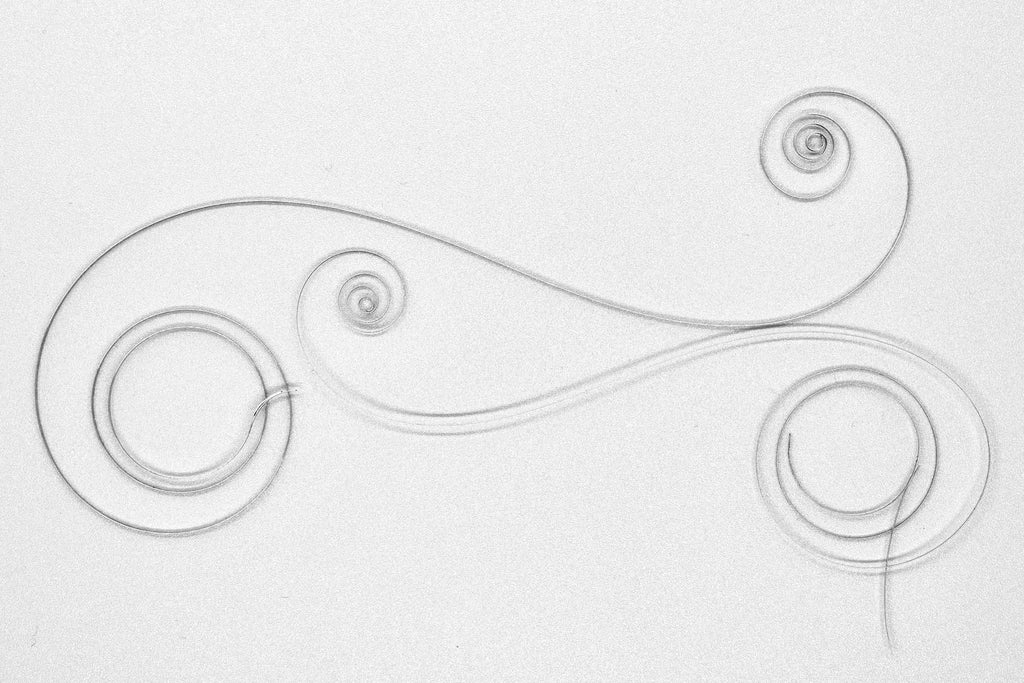From the Bench: Mainspring Mechanics

What is a Watch Mainspring?
Mainsprings are what make your watch tick consistently. They consist of a flat spring steel band that's coiled when wound, storing energy to keep your watch ticking.
Mainsprings come in two main types, traditional and automatic.


Automatic Mainspring

A Quick History of Mainsprings


